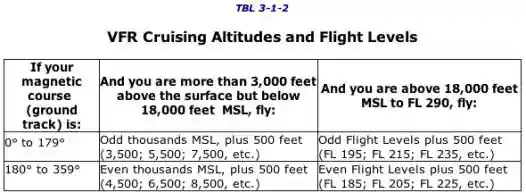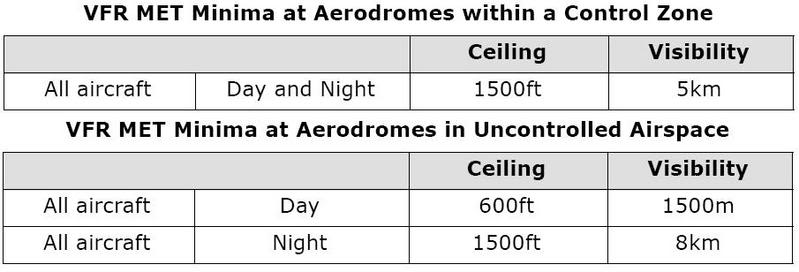class g airspace weather minimums
36 rows 91155 Basic VFR weather minimums. This is for your crop dusters your.

Pilot S Guide To Class E Airspace Flight Training Central
If the visibility is less than 3 statute miles but not less than 1 statute mile during night hours and you are operating in an.
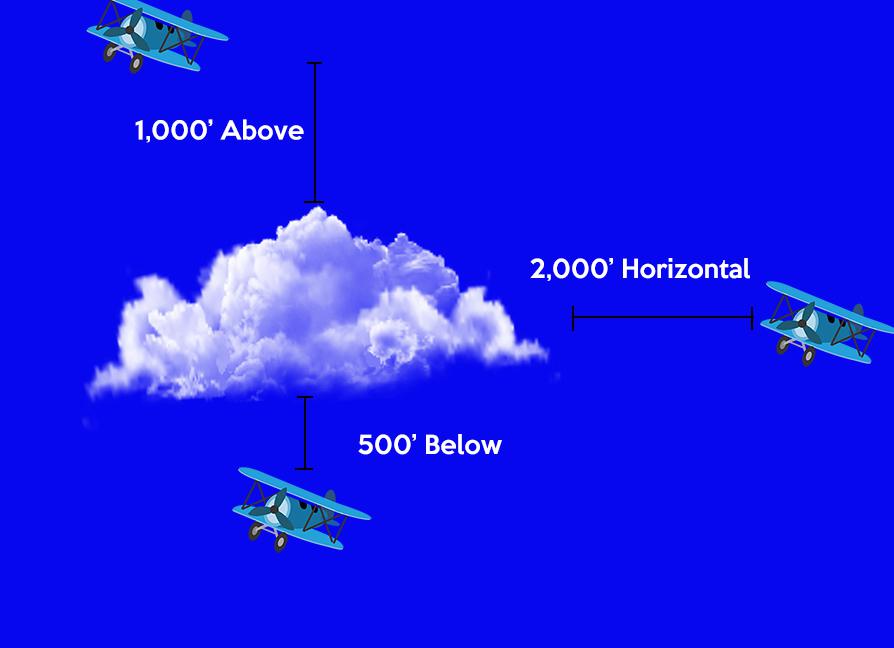
. Class G airspace is typically the airspace very near the ground 1200 feet or less beneath class E airspace and between class B-D cylinders around towered airstrips. A Except as provided in paragraph b of. When you understand that the minimums and the corresponding altitudes make sense.
Student pilots must comply with 14 CFR Section 6189 a 6 and 7. 12 rows 3 Statute Miles. The basic VFR weather minimums for.
A Federal Contract Tower commenced operations at this location. Im Kenny Keller the creat. The vertical limit of Class C airspace above the primary airport is normally 4000 feet AGL The normal radius of the procedural Outer Area of Class C is normally 20 nautical miles.
What are the minimum weather requirements of a Class G airspace. Above 1200 feet you can go with our 152 acronym relating to cloud clearance. 91155 Basic VFR weather minimums.
VFR minimums in Class G Airspace October 20 2019 by Kyle Boas In Class G regardless of MSL altitude when you are 1200 feet AGL or lower during the day your weather. The cloud layer criteria do change in class G airspace based on your altitude. Made in establishing the basic VFR weather minimums is that aircraft flying at lower altitudes ie below 10000 MSL andor in airspace with radar approach control andor an operating.
Except as provided in 14 CFR Section 91157 Special VFR Weather Minimums no person may operate an aircraft. A Except as provided in paragraph b of this section and 91157 no person may operate an aircraft under VFR when the flight visibility is less or. Weather Requirements Class G minimum weather requirements exist so that you can see and avoid other aircraft and stay out of the clouds.
Class G airspace - surface up to but not including 1200 feet AGL Class E airspace - 1200 feet AGL up to but not including 18000 feet MSL. Class G This is truly uncontrolled airspace. During the day at less than 1200ft AGL a minimum of 1 SM.
The weather minimums in Class G airspace are more complex and very based on the time of day and altitude. Day - 1 Statute Mile. VFR Minimum Distance from Clouds Below 10000 MSL.
Lets break the minimums down. Night - 3 Statute Miles. This action proposes to establish a Class D surface area at Sacramento Mather Airport in Sacramento CA.
Helicopter Instrument Procedures
Regulations Vfr Minimums Learn To Fly Blog Asa Aviation Supplies Academics Inc

Faa Regulations What Is The Required Cloud Clearance In G Airspace When There Are Clouds Just Above In Class E Airspace Aviation Stack Exchange
Regulations Vfr Minimums Learn To Fly Blog Asa Aviation Supplies Academics Inc
Regulations Vfr Minimums Learn To Fly Blog Asa Aviation Supplies Academics Inc
Powered Parachute Flying Handbook Chapter 8 Airspace Classification And Requirements
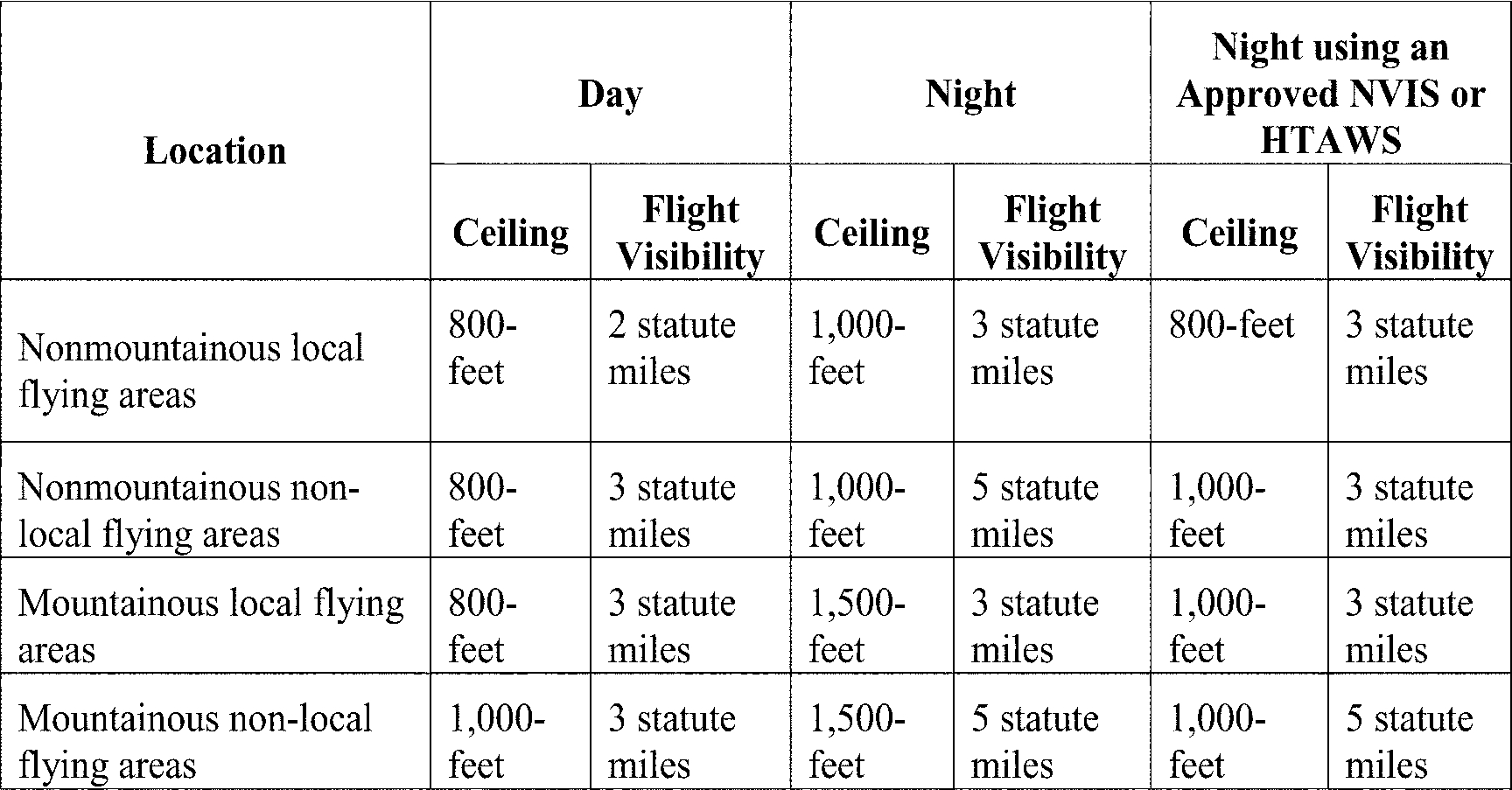
Far 135 609 Vfr Ceiling And Visibility Requirements For Class G Airspace Aviation Regulations
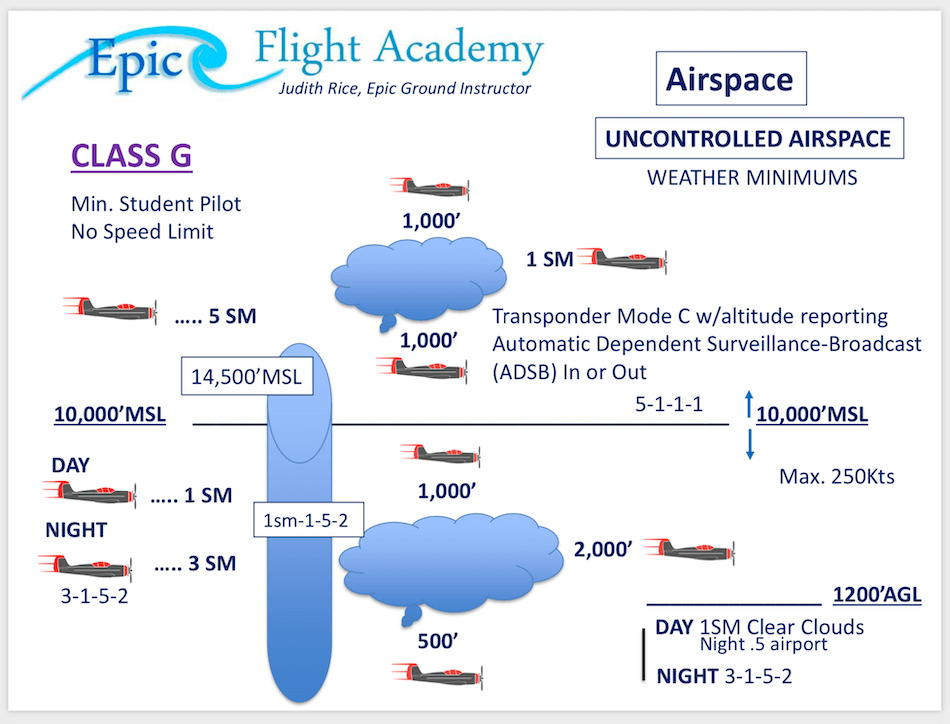
Airspace Classes And Special Use Airspace Everything There Is To Know
Confined Areas Helicopterblog Com

Why Are There Mandatory Cloud Clearance Requirements Boldmethod

Vfr Cloud Clearances Pilot Training For Ga

Ifr Vs Vfr In Aviation Understanding The Differences Pilot Institute

These Are 5 Of The Hardest Questions On The Faa Knowledge Test

